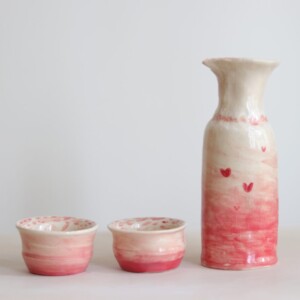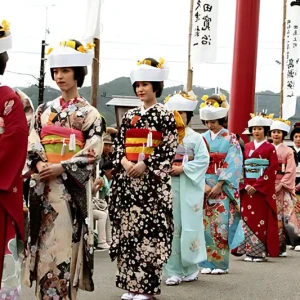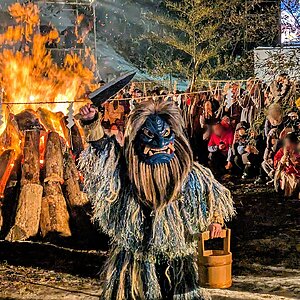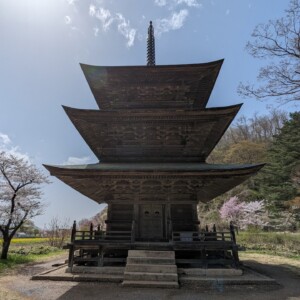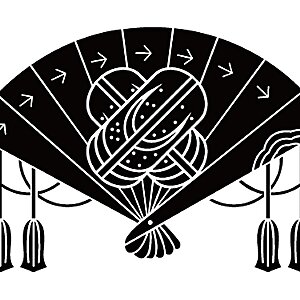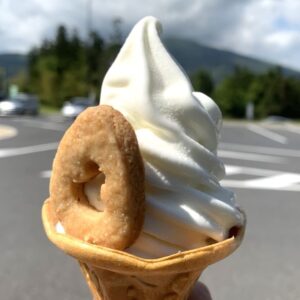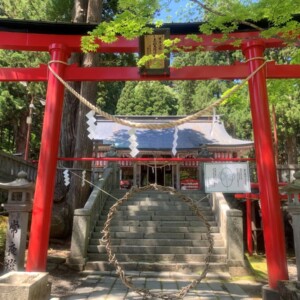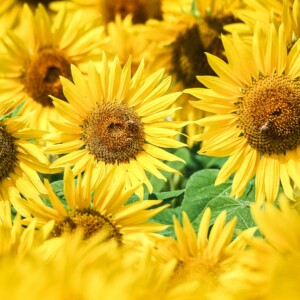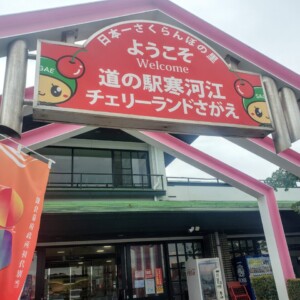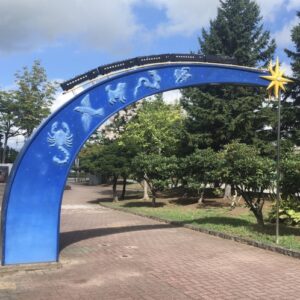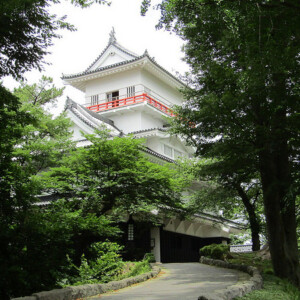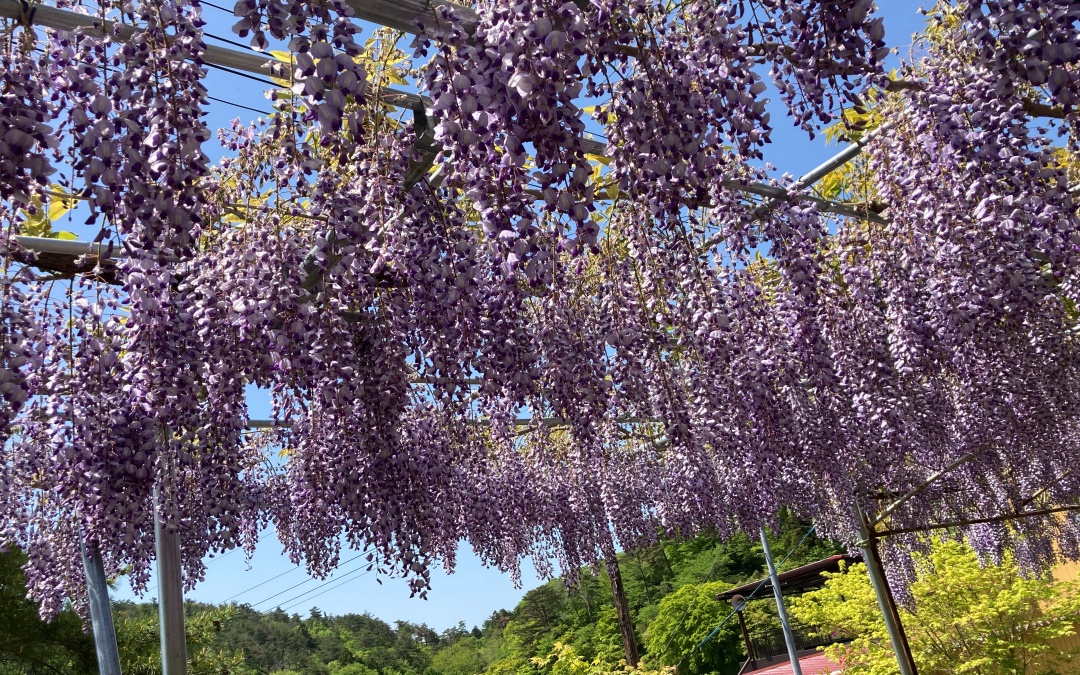
"Snake's Nose, the Land of Flowers and History" is a garden where you can enjoy flowers in the seasons! [Motomiya City, Fukushima Prefecture]
table of contents
Janohana, the Place of Flowers and History, located in Motomiya City, Fukushima Prefecture , is a garden where you can enjoy flowers that bloom throughout the four seasons. Within the park, you can enjoy a relaxing time by visiting the "Snake Nose Goten," which is registered as a nationally registered tangible cultural property
This time, I would like to introduce my visit during Golden Week, when the wisteria flowers were in full bloom.
Various flowers are planted on the vast grounds, and it is a recommended garden from summer to autumn, so please take a look.
Origin of the snake's nose
It is called ``Yanohana'' because Minamoto no Yoshiie fought in this area during the Great War of Nine Years, which occurred in the late Heian period, and the arrows he fired at the enemies on all sides looked like flowers. became.
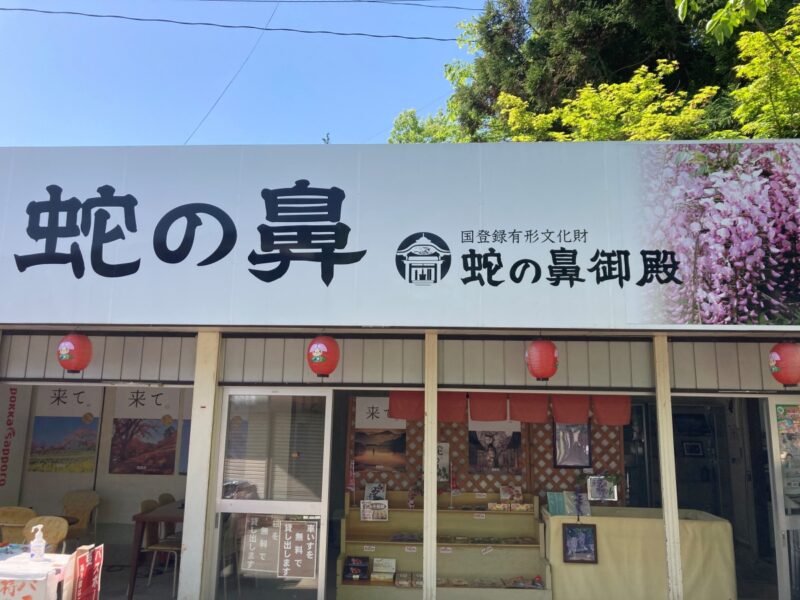
When it was later divided into Tamai Village (now Otama Village) and Motomiya Town (now Motomiya City), Tamai had a place name called "Yanohana" remaining in Motomiya to distinguish it from that place name, so it was called "Snake nohana" after the legendary "Snake" that was passed down on Mt. Daimayakura.
It is said that in future generations, the place where mountains break and fall into the basin is called the "nose" and that it became the "snake nosus." (Reference: From the Snake's Nose website, the Land of Flowers and History
In fact, when I was little, it was affectionately known as ``Jinohana Amusement Park.'' If you know someone, you might be from the same generation!
A village of flowers and history, flowers that can be enjoyed in Ja-no-hana
Speaking of ``Jenohana, the village of flowers and history,'' it is famous for its ``wisteria trellis.''
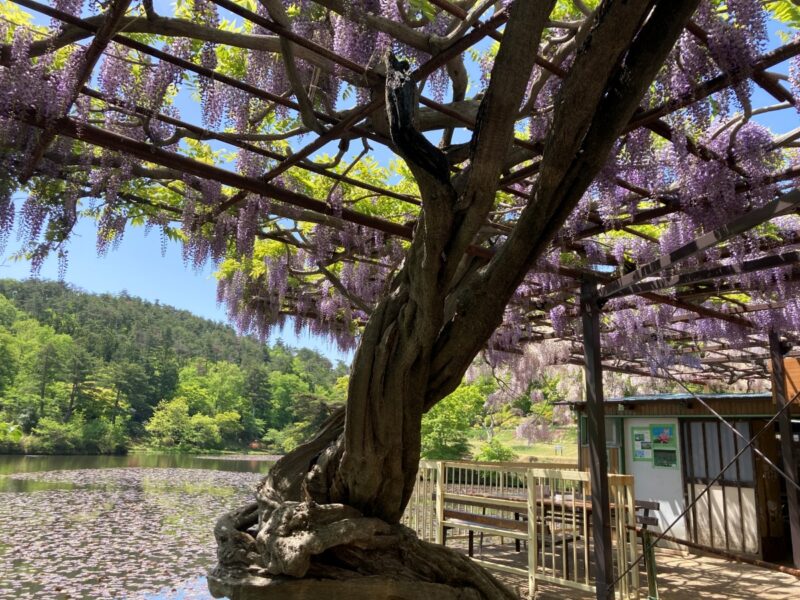
The large wisteria trellis is about 10 meters wide and about 80 meters deep. The oldest tree is said to be 400 to 500 years old , making it very stunning. The garden also sold wisteria seedlings. The wisteria flowers sparkle in the sunlight are so beautiful that you'll want to see them at home.

In addition to wisteria, you can enjoy other flowers in the garden from spring to autumn at ``Jenohana, the village of flowers and history.''
- April: Sakura Festival
- May: Fuji Festival (large wisteria trellis produces flowers such as purple, pink, and white)
- June: Rose and Water Lily Festival (Water lily blooms in the moored pond in the garden. At its peak, about 10,000 flowers will color the surface.)
- November: Maple Festival (Most maple trees are over 100 years old. There are about 500 of these maple trees in the garden. They are also scheduled to be lit up during the peak of autumn leaves.)
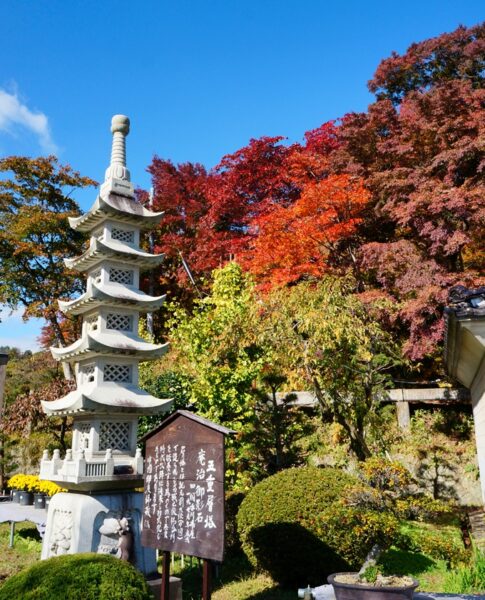
“Jenohana Palace” is a nationally registered tangible cultural property.
The Snake Nose Hyakugaen, the basis for the current snake's nose, was built in 1899 (Meiji 32). It began when it was cultivated as a farm for Ito Ya, a wealthy farmer and politician at Motomiya.
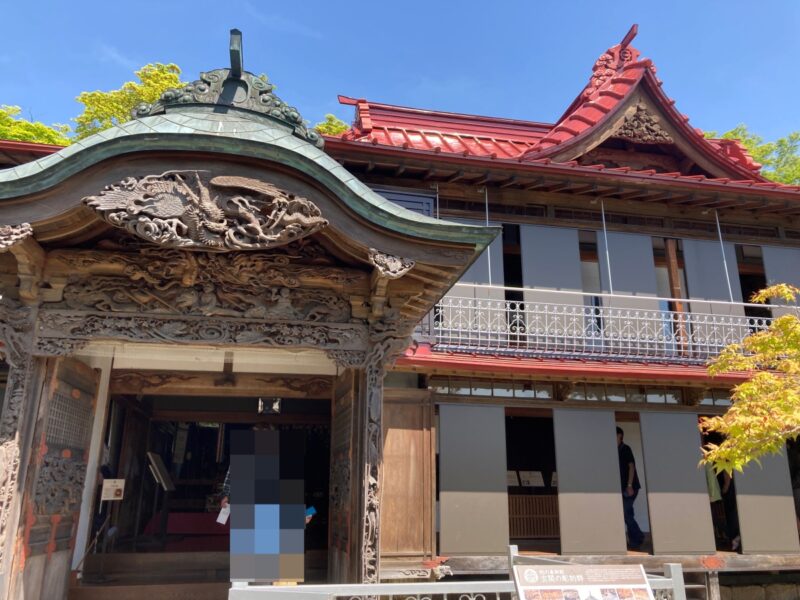
"Snake no Hare Goten" is a villa built over the last eight years as a villa for the wealthy farmer Ito family. In December 1996, it was registered as a registered tangible cultural property in the country under the Cultural Property Protection Act.
The Ito family owns 1,000 hectares of farmland, and this garden alone has 33 hectares.
In fact, it is the villa of Ito Hisao, a family home that is well known for the NHK morning drama "Yel," and has released the famous song "Iyomante no Yoru." When I visited, I was holding a panel exhibition about Ito Hisao.
Inside the Ja-no-hana Palace, calligraphy by famous people and screen paintings by famous painters are preserved in all six rooms, and you can freely explore them. Each room inside the palace is lined with numerous paintings and calligraphy.
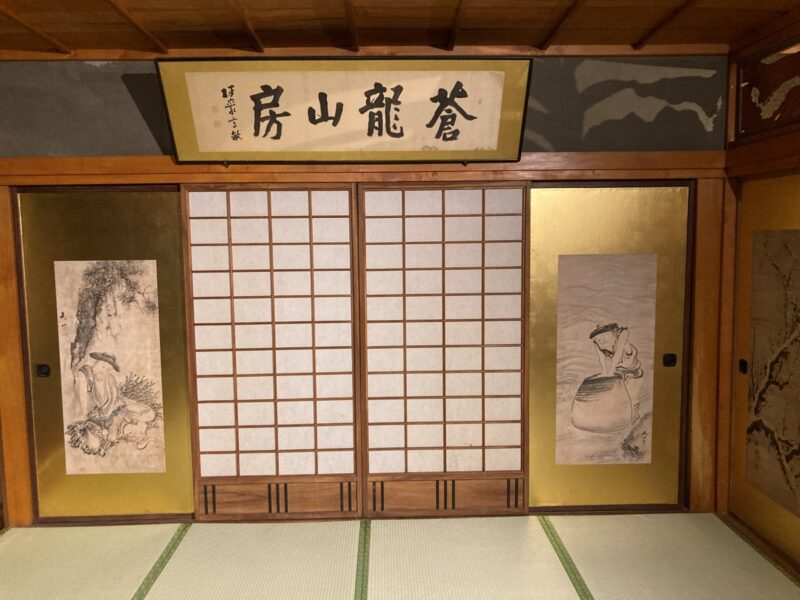
The sculptures at the entrance are also impressive. It is said that the Hashimoto family, who ran a Buddhist altar equipment sculpture shop in Nihonmatsu City, was created using the techniques of the Hashimoto family, who ran a Buddhist altar equipment sculpture shop, based on the sculptures of Nikko Toshogu Shrine. You can also see the "Sleeping Cat" sculpture This sculpture gives a sense of high skill and luxuriousness.
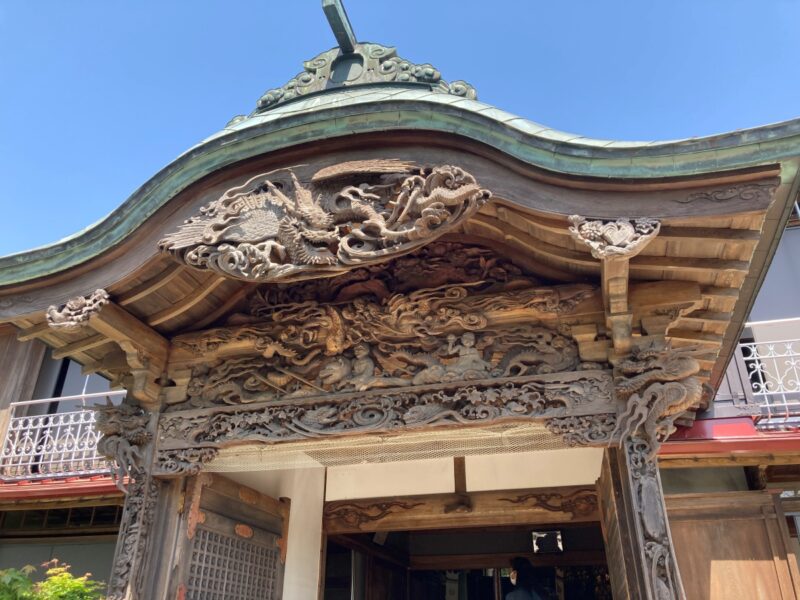
How to enjoy Ja-no-hana, a village of flowers and history
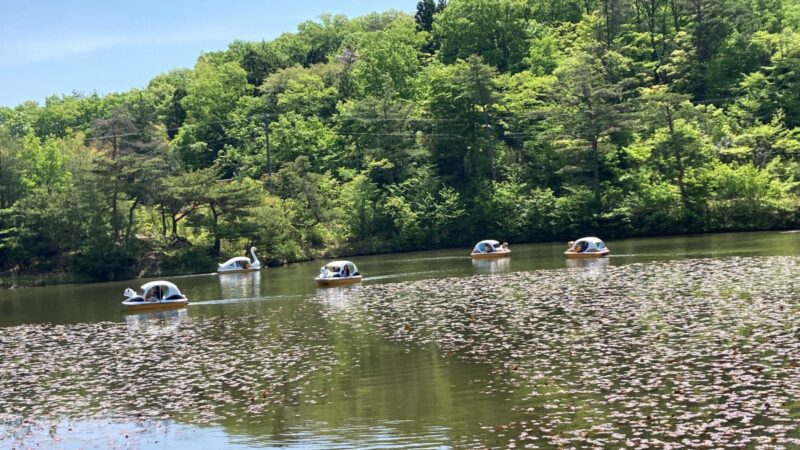
In addition to strolling around the park and enjoying the flowers and visiting the historic "Snake Nose Goten," you can also enjoy boating in the park, where carp in the pond and flower-filled water lily ponds. (Capacity of 3 people 1,000 yen)
I also rowed a boat with my children. It's quite a good exercise. I was able to refresh myself in nature.
In addition, you can enjoy barbeques in the park as well as ``Janohana Chaya'' which serves light meals! You can bring your own ingredients, and we also have a set menu that you can enjoy without bringing anything, so you can enjoy a casual barbecue experience. (Advance reservation is required.)
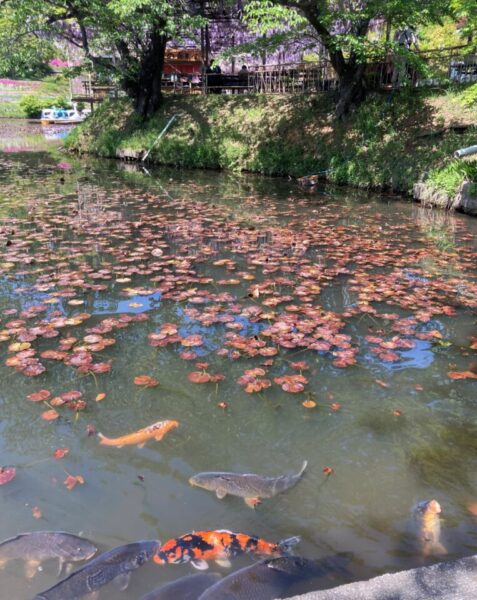
A village of flowers and history - Snake's nose summary
``Jenohana, the village of flowers and history'' is a place where flowers bloom throughout the year, and the admission ticket you purchase can actually be used as a free pass for one year. The name is ``Jake no nose come again passport''!
You can enter the park as many times as you like within the validity period, so it's a good idea to visit as the seasons change.
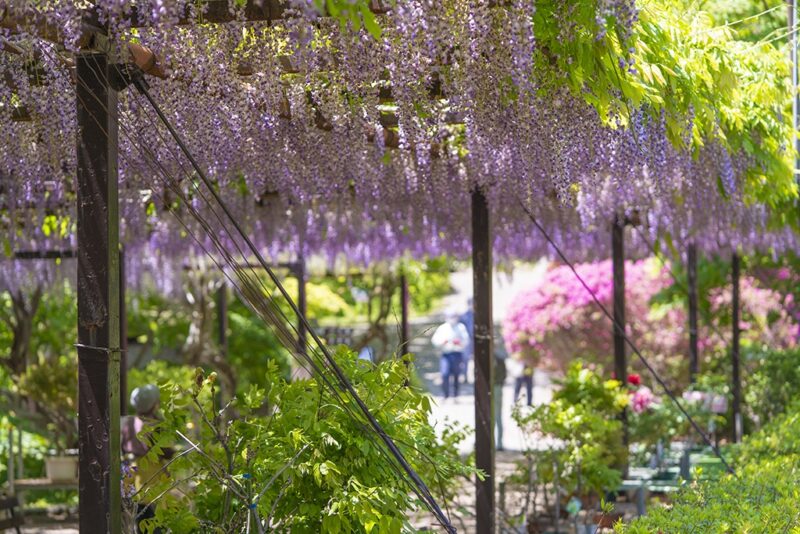
The park is neither too large nor too small, it is just the right size to stroll while watching the flowers. Feeding carp is very popular with children! You can enjoy a relaxing time with your family.
Be sure to visit "Snake Nose, the Place of Flowers and History," which is popular among many tourists not only from within the prefecture but also from outside the prefecture.
The Land of Flowers and History - Snake's Nose <Information>
- Name: Flowers and History Place of Snake's Nose
- Address: 38 Jano Nose, Motomiya, Motomiya City, Fukushima Prefecture, 969-1158
- Phone number: 0243-34-2036
- Official URL: https://janohana.com/



![There are many unique parks! Introducing points to check out during the outing season [Motomiya City, Fukushima Prefecture] Image of the performance](https://jp.neft.asia/wp-content/uploads/2025/04/4fa036b26672e5189b62ff6a27243cb7-150x150.jpg)
![[Fukushima Prefecture] Let's take a relaxing walk in spring! 5 recommended spots for a walk full of flowers 1485694_m](https://jp.neft.asia/wp-content/uploads/2024/03/1485694_m-150x150.jpg)
![[Motomiya City, Fukushima Prefecture] Famous Fukushima sweets that even the British Prime Minister is impressed by! The fashionable karinto from the confectionery shop "Nukamo" is exquisite! [Motomiya City, Fukushima Prefecture] Famous Fukushima sweets that even the British Prime Minister is impressed by! The fashionable karinto from the confectionery shop "Nukamo" is exquisite!](https://jp.neft.asia/wp-content/uploads/2024/02/P1012144-150x150.jpg)
![[Fukushima] Easy time trip. On a nice day, let's go to Fukushima Civic House Garden! resize3](https://jp.neft.asia/wp-content/uploads/2017/05/resize3-150x150.png)
![The moniwa family's sacred house at Ishiunji Temple, where the bloodline of the famous general known as the three Date Masters, Moniwa Tsunamoto, rests [Miyagi Prefecture] Sekiunji Temple stone monument](https://jp.neft.asia/wp-content/uploads/2024/09/PXL_20240911_025829658-150x150.jpg)
![Walking around the town is fun! A stroll in search of "retro things" [Motomiya City, Fukushima Prefecture] IMG_2345](https://jp.neft.asia/wp-content/uploads/2025/08/IMG_2345-150x150.jpeg)
